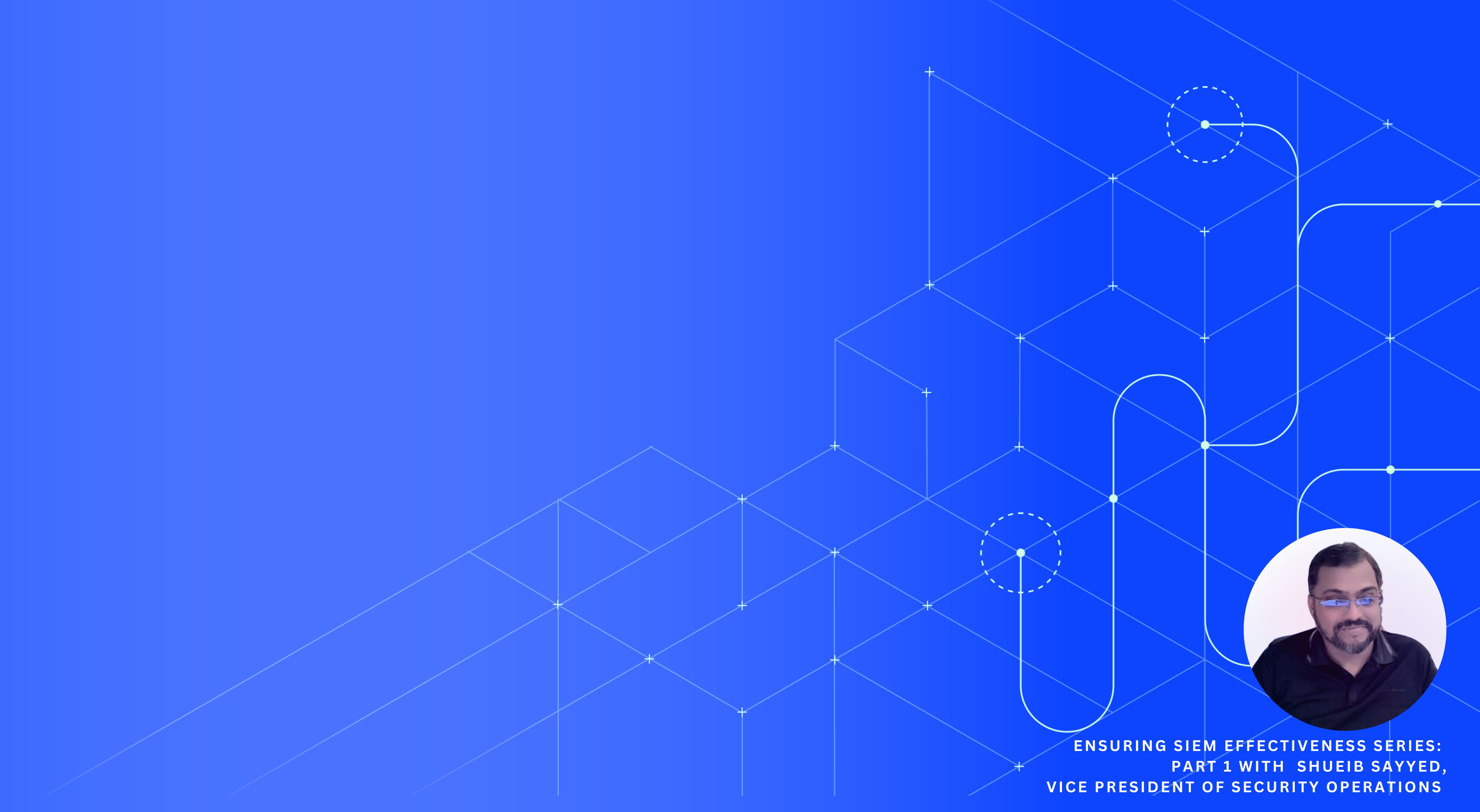
Staying Ahead of IP Protection in the Face of Emerging Cybersecurity Threats
Dec 14, 2023 12:02:57 PM | Digital Hands
Guest Blogger: Shira Rubinoff
The idiom "loose lips sink ships," which gained prominence during World War II, has evolved to become even more relevant in today's era dominated by artificial intelligence and an increasing number of cyber threats.
In the current landscape, companies face the critical task of protecting their intellectual property, a challenge that persists even among those organizations that pride themselves on their open, transparent, and collaborative working models. In today's digital age, the importance of safeguarding sensitive information cannot be overstated, as the risks associated with data breaches continue to escalate.
Organizations are now confronted more than ever with a relentless wave of cyber-attacks, posing severe threats to their operational integrity, reputational standing, and financial health. These threats have become a pivotal concern for businesses across various sectors.
In a recent conversation with Jason Allen, the Chief Technology Officer of Digital Hands, we delved into the intricacies of this issue. Allen shed light on the broad spectrum of intellectual property that is at risk in the current cyber environment. This spectrum encompasses not only traditional elements like patents and trade secrets but also extends to proprietary algorithms, databases, source codes, and strategic organizational plans. Furthermore, he emphasized that personally identifiable information (PII) of users, employees, and customers is particularly susceptible to cyber threats. In essence, any form of sensitive data that possesses value can attract the attention of malicious hackers.
Despite the increasing familiarity and awareness surrounding concepts like cyber security, cyber hygiene, and security controls, the frequency and severity of cyber-attacks have been on an upward trajectory. The targets of these attacks have shifted over time. While hackers previously focused on smaller, seemingly more vulnerable entities, they are now setting their sights on some of the most prominent names in the technology sector.
Allen cited the infamous 2014 data breach at Sony Pictures, orchestrated by hackers from North Korea, as a prime example of the devastating impact of such attacks. The breach not only inflicted a significant blow to Sony's reputation but also led to substantial financial losses, including the postponement of movie releases.
Our discussion also touched upon a more recent incident involving Slack. In this case, hackers successfully infiltrated Slack's GitHub repository and gained access to their source code. For a company that operates on a Software-as-a-Service (SaaS) model, such a breach represents a catastrophic event with far-reaching consequences.
The advancement of artificial intelligence has added another layer of complexity to the cybersecurity landscape. Even tech giants like Facebook have not been immune to these threats, as demonstrated by the breach of their AI model. This incident made critical data easily accessible to attackers, raising concerns about the potential misuse of advanced AI for harmful purposes.
Microsoft's recent experiences further illustrate the severity of these challenges. The company faced a significant setback when its Azure storage bucket, containing about three years' worth of AI search-related assets, was compromised. This incident was compounded by a subsequent data leakage event concerning Xbox and its release plans. These breaches not only tarnished Microsoft's reputation but also exposed them to strategic vulnerabilities, potentially giving their competitors an unintended advantage.
Breaches like these result in a loss of client trust, a decline in credibility ratings, financial damages, and the erosion of strategic advantage, often giving competitors an unexpected and painful edge. There can also be legal ramifications, particularly with email leaks. So, what measures should organizations adopt in response to these challenges?
Allen's response was unequivocal: "testing, testing, testing." He elaborated on the critical importance of software testing prior to deployment and emphasized that once deployed, continuous scanning for code changes and new vulnerabilities is imperative.
Simply deploying security controls is not enough. Many organizations invest considerable resources in establishing these controls but often neglect the ongoing aspect of security maintenance. Regular security control validation and testing are essential, especially as new threats and vulnerabilities continue to emerge. A static security solution is inadequate in the face of dynamic cyber threats. Organizations must recognize that the only way to effectively counter emerging threats over time and protect their most sensitive assets is through rigorous and frequent testing, ideally on a quarterly or even weekly basis.
The quality and frequency of testing ultimately determine the effectiveness of security controls. This process boils down to an integrated approach involving people, processes, and technology. Thorough testing of both human and technological components is crucial to this process.
Allen concluded with a poignant reminder: "Once the cat's out of the bag, it's out for good." Once information is compromised, it's impossible to retract. The fallout for even the largest technology companies can be monumental.
Indeed, even in 2023, loose lips sink ships.
Table of Contents
Subscribe to Our Monthly Newsletter
The latest on emerging threats and strategies—straight to your inbox.
By submitting this form, you agree to Digital Hands' Terms of Use and Privacy Policy.
Subscribe to Our Monthly Newsletter
The latest on emerging threats and strategies—straight to your inbox.
By submitting this form, you agree to Digital Hands' Terms of Use and Privacy Policy.



